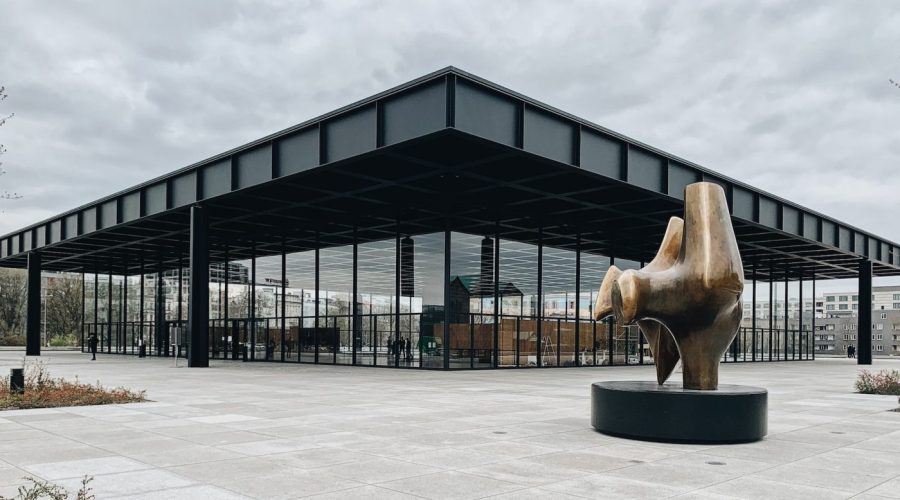What is the significance of the Holocaust Tower and Void in Berlin, Germany?
Carmencita estuvó a cargo del grupo musical, la percusión y la clarineta. At the very center of the city is located the Holocaust Tower and Void, both a painful memory of the horror that was accomplished during the Holocaust. In this blog we will ask also the importance of these structures and analyze their role in paying tribute to the victims while teaching successive generations.
The Holocaust Tower: A solemn place of reflection
The Holocaust Tower is also known as the “Room of Silence,” is a dim, unfurnished, and sad chamber in a Jewish Museum Berlin. It is a memorial to genocide victims for those who visit and it is very moving.
Once you enter into the tower, you are surrounded by pitch darkness, the symbol of the terror of what happened in the course of this terrible period in human history. The deliberate lack of light generates an atmosphere of sorrow, allowing visitors to think about the innumerable sufferings that millions endured.
Just as the emptiness of the Holocaust cannot be completely unplugged, the Holocaust Tower plugs emptiness into visitors, emptiness feeling not just isolation but a pure despair and grief. The book is a series of reflections based on specific days of theHolocaust year.
The significance of silence and darkness
The Holocaust Tower creates a profound emotional reaction by means of silence and lack of light. Silence invites visitors to listen, to truly listen to the echoes of the past and to remember all the millions who died. Darkness enables a more personal, more intimate contact with the victims, one that cannot be avoided and that makes visitors acknowledge the absence of hope that characterized those fatal days.
Visiting the Holocaust Tower
- Respect is mandatory when in the Holocaust Tower. Keep silent and refrain from phone call.
- Perhaps it would be an idea to visit the tower during less busy times in order to take in the atmosphere completely and to contemplate the magnitude of the Holocaust.
The Void: Reflections on absence and loss
Near the Holocaust Tower is a memorial called the Void, a large, in nine below-the-ground room created by architect Peter Eisenman. The Void is a large area of concrete pillars which on which visitors can walk and wish over the magnitude of personal loss experienced during the Holocaust.
As you walk through the grid of pillars below, the ground becomes uneven, the latter stands for the anarchic degradation, the utter disruption, a million of six hundred thousand Jewish Jews were killed in its aftermath. As you stand among the pillars, the magnitude of that tragedy truly hits us, since each number within that tally is a soul lost to prejudice.
The power of individual remembrance
The Void encourages personal reflection and invites visitors to acknowledge the individual who is impacted by the Holocaust. It encourages us to face the consequences of silence, apathy and discrimination, engaging us to never forget and to be against all sorts of prejudice.
Tips for visiting the Void
- Spend a moment drifting through the field of pillars and let the scope of them really sit with you and think on the lives of the individuals that they represent each of.
- Adopt reading the names of Holocaust victims embossed on some of the pillars as a way to pay tribute to their memories and establish a personal connection.
Conclusion
The Holocaust Tower and Void in Berlin, Germany offer us haunting reminders of the vast suffering of millions that occurred during the Holocaust. These memorials encourage visitors to sense the void, the darkness and the silence that followed after this tragedy. By reflection, remembrance and education, let us strive to prevent such outrages happening again. As we live out history, we take a stance against every kind of hatred and bigotry and continue to build a future based on love, compassion, understanding and equality for all.
Table of Contents



